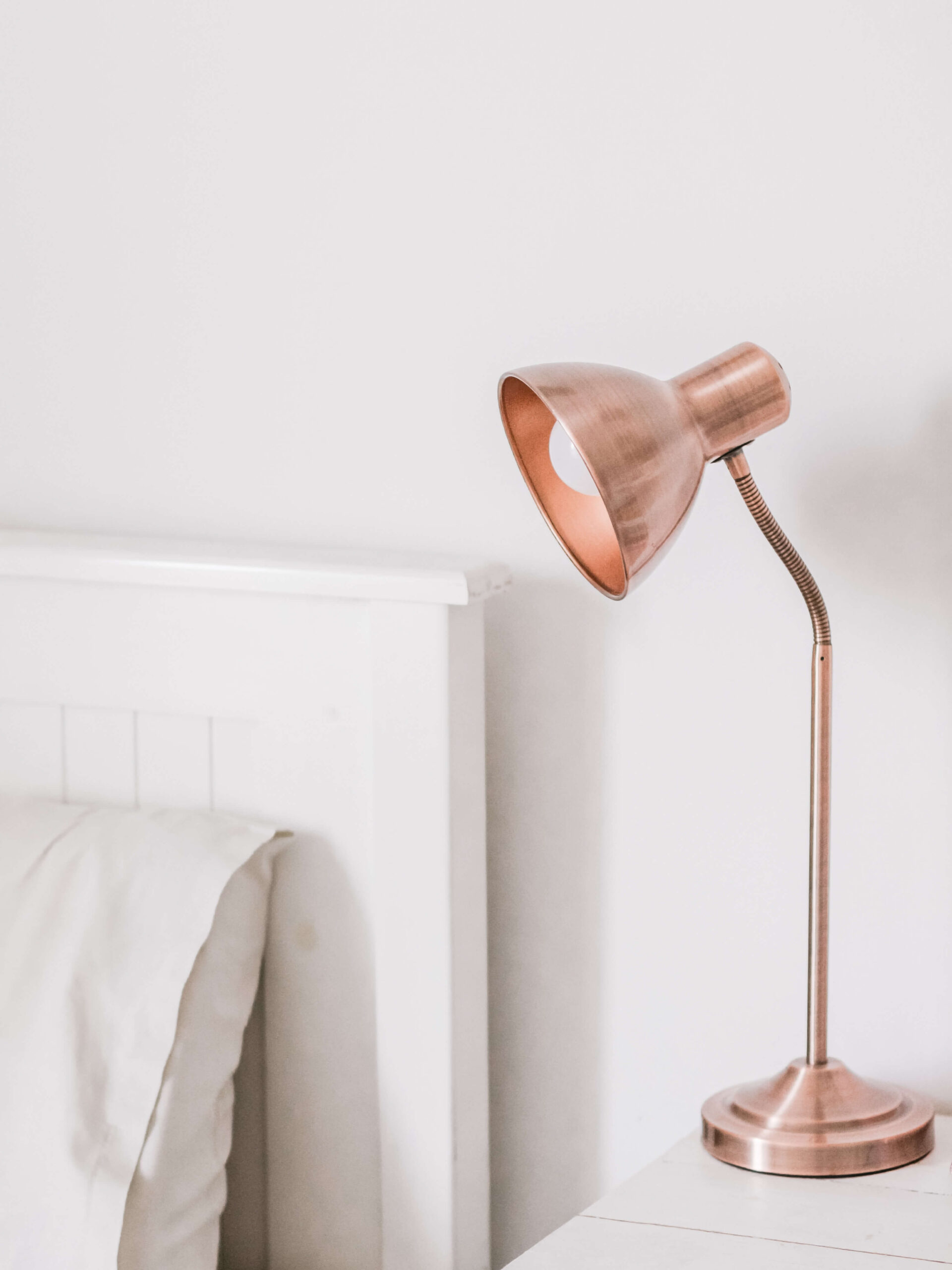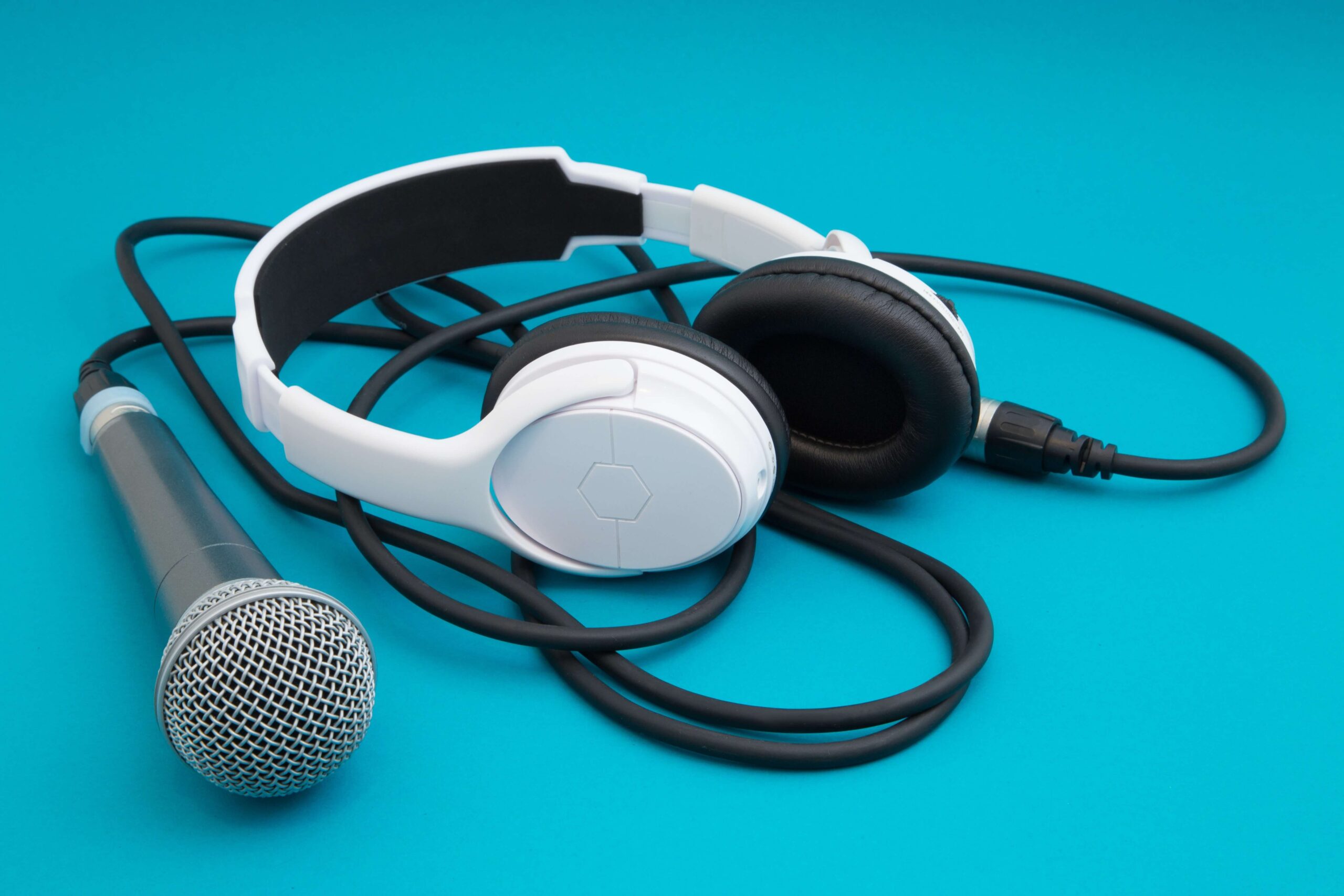
Ryan Haines / Android Authority
When renders of the Google Pixel Watch 4 leaked, I immediately clicked on the link to see what Google had done to improve on its already impressive Pixel Watch 3. Smaller bezels and a larger display looked good, because even though I appreciate the 1.4-inch display on my 45mm variant, I would never say no to more screen estate and more data at a glance, especially if that doesn’t entail moving to a gigantic watch like the OnePlus Watch 3.
What I didn’t expect to see, though, or not see to be more accurate, is the lack of charging pins on the back. Now, these are still leaks, not official renders, and I’d like to treat them with the benefit of the doubt, but Steve ‘OnLeaks’ Hemmerstoffer is rarely wrong. His track record isn’t spotless, but it’s quite reliable in general. That’s why I instantly thought, “Oh hell no, not again!” — at least not unless we’re looking at Qi2 on the Pixel Watch 4.
Do you want wireless charging on the Pixel Watch 4?
2 votes
Wireless charging was a big drawback of the original Pixel Watch

Kaitlyn Cimino / Android Authority
Back in 2021, the original Pixel Watch launched with wireless charging. It was a departure from Fitbit’s existing Versa and Sense lineup, which relied on four pins to quickly charge up and with little heat dissipation.
By contrast, the first Pixel Watch was much slower to charge, taking 30 minutes to go up to 50%, 55 minutes for 80%, and 80 minutes to completely top up. I always noticed that it got a little warm to the touch after charging, too, and had to let it cool off a couple of times before strapping it to my wrist. I wanted to like the wireless charging approach, but clearly something was wrong with Google’s implementation, and the company silently admitted that when it released an update a year later that forced the Pixel Watch to charge much more slowly. 50% of battery trickle took 45 minutes, 80% 75 minutes, and 100% 110 minutes.
Wireless charging on the original Pixel Watch was slow and heated up very quickly. The four-pin system fixed all of that on the Watch 2 and 3.
Nearly two hours to top up a health tracker every day is not a practical number. That’s almost 10% of the day when I wasn’t wearing it (sometimes more, if I left it on the charger longer) and was missing out on steps or sleep, heart rate monitoring, and potential life-saving features like fall detection.

Rita El Khoury / Android Authority
Thankfully, Google recognized the problem and quickly fixed it with the Pixel Watch 2. Returning to the four-pin design Fitbit had mastered resulted in faster and more efficient charging, making me a Pixel Watch 2 convert. Sure, I couldn’t get as long of a battery life as I did with my Fitbit trackers, but at least I knew I could get by plopping it on a charger for half an hour in the morning and another 30 minutes before going to bed. It was also more convenient to charge up during busy days while traveling or going on long hikes. That was all much less disruptive to my daily habits.
The Pixel Watch 3 carried on with this four-pin system, offering decent charging speeds even on the larger 45mm model with a larger battery. On paper, the Watch 3 needs 80 minutes to go from 0% to 100%, but because the battery doesn’t easily die in one day, no matter how much I use it for tracking, I often plop it down when there’s still 20% battery left. It takes around 50-60 minutes to top up from that, and like the Watch 2, I can easily divide that across two shorter daily charging stints or a one-hour one when I don’t have that flexibility. Perfect.
The Pixel Watch charger dance is getting tiresome
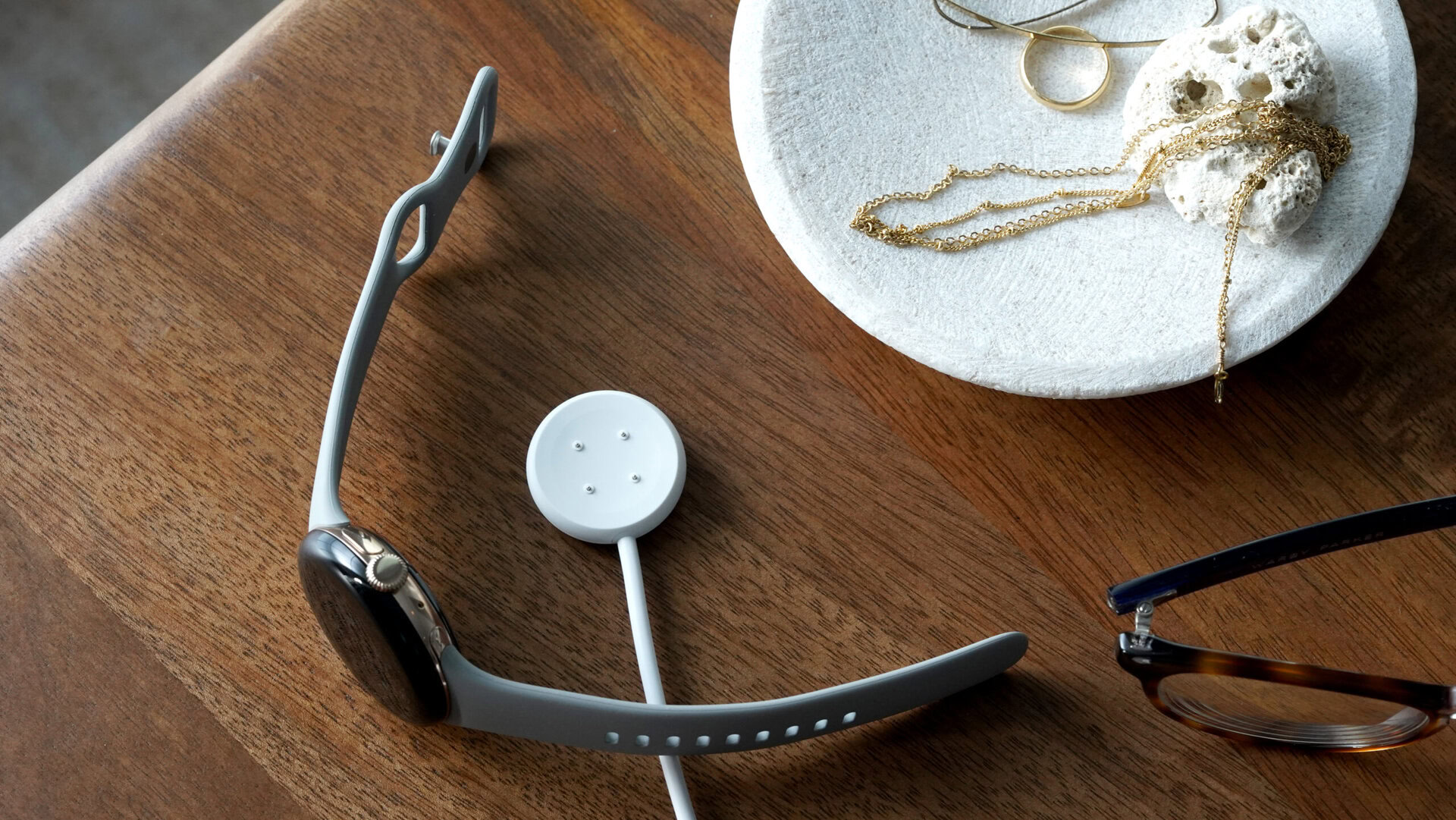
Kaitlyn Cimino / Android Authority
Guess where my original Pixel Watch charger is right now? In a drawer, collecting dust. I’d bet that many similar proprietary smartwatch chargers are accumulating in landfills, too. I had bought a second charger for my first Pixel Watch and a third portable one for my travel bag. These live in the same drawer as the main charger that came in the box. Useless electronic waste.
My Watch 2 charger, though, is at my desk, while the Watch 3 charger is next to my bed. I had learned my lesson by then; I didn’t buy any extra kit and decided to live with the one cable. It helped that the four-pin system is backwards compatible with my husband’s Fitbit Sense 2 charger, so in a pinch, I pinched his cable.
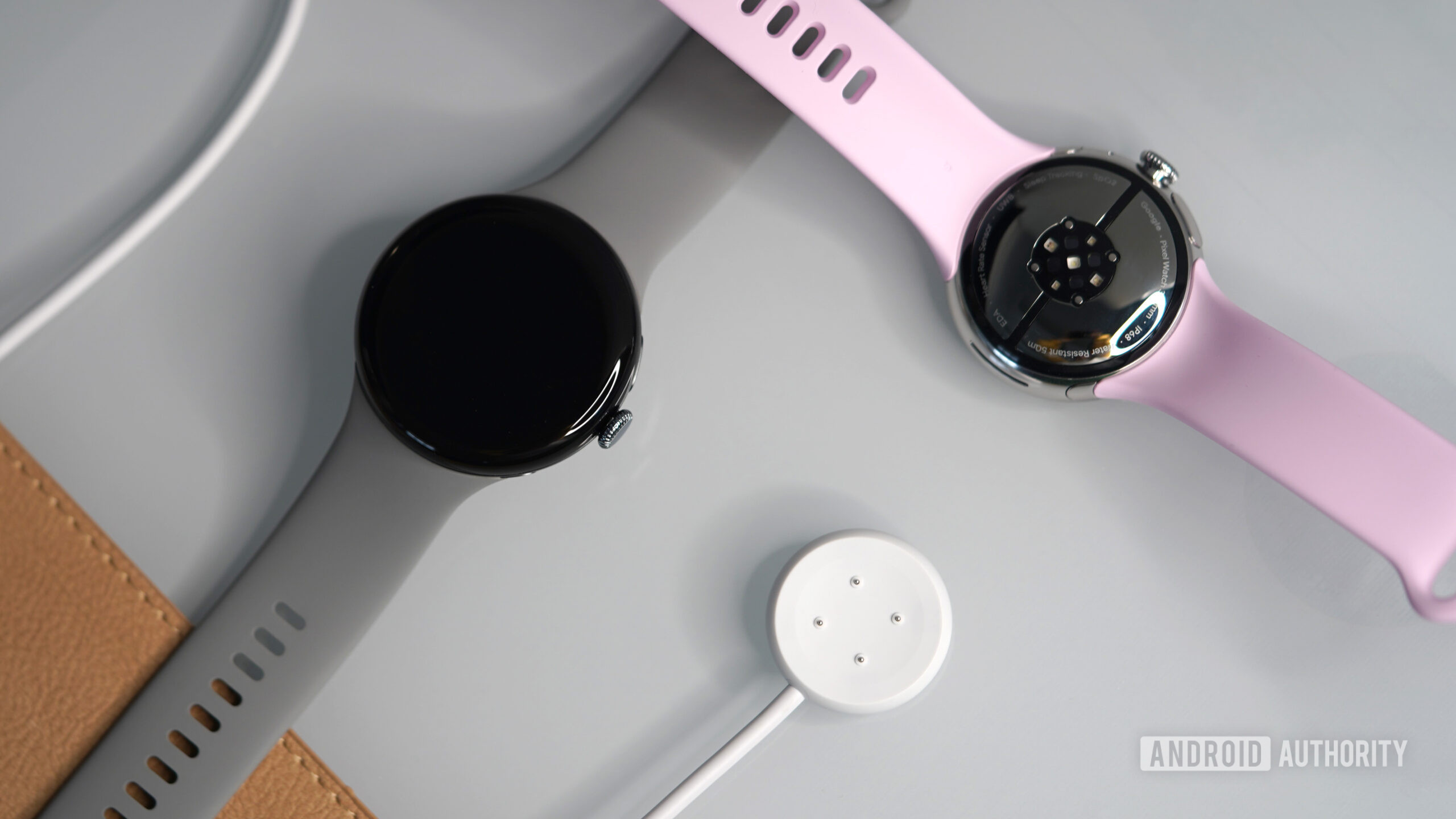
Kaitlyn Cimino / Android Authority
I absolutely loved the fact that Google kept backwards compatibility between the third and second model; that allowed me to double up on chargers around my home or take one with me in my backpack on weekend getaways and longer trips. By doing this, I avoided buying extra gear. I looked forward to doing the same thing with the Pixel Watch 4.
If Apple can stick with the same charger for 10 generations of its watch, why does Google need to change three chargers in four years?
If we go back to wireless charging this year, though, then that means a different charger again. I doubt it’ll be backward-compatible with the original Pixel Watch charger — Google surely would’ve changed something to make it more efficient, so that means I get to throw my Pixel Watch 2 and 3 chargers away and start again, collecting new compatible cables.
I’m tired of this. Just pick one charger system and stick with it, Google! If Apple can stick with the same charging mechanism between the first-ever Apple Watch in 2015 and the latest Series 10 in 2024, then I sure as heck hope Google could stick with the same charger between 2021 and 2025. Instead, we might be on to our third iteration in four years, and causing just as much landfill e-waste. Not very green for a company that boasts recycled boxes and materials, is it?
This is why we don’t get nice Pixel accessories
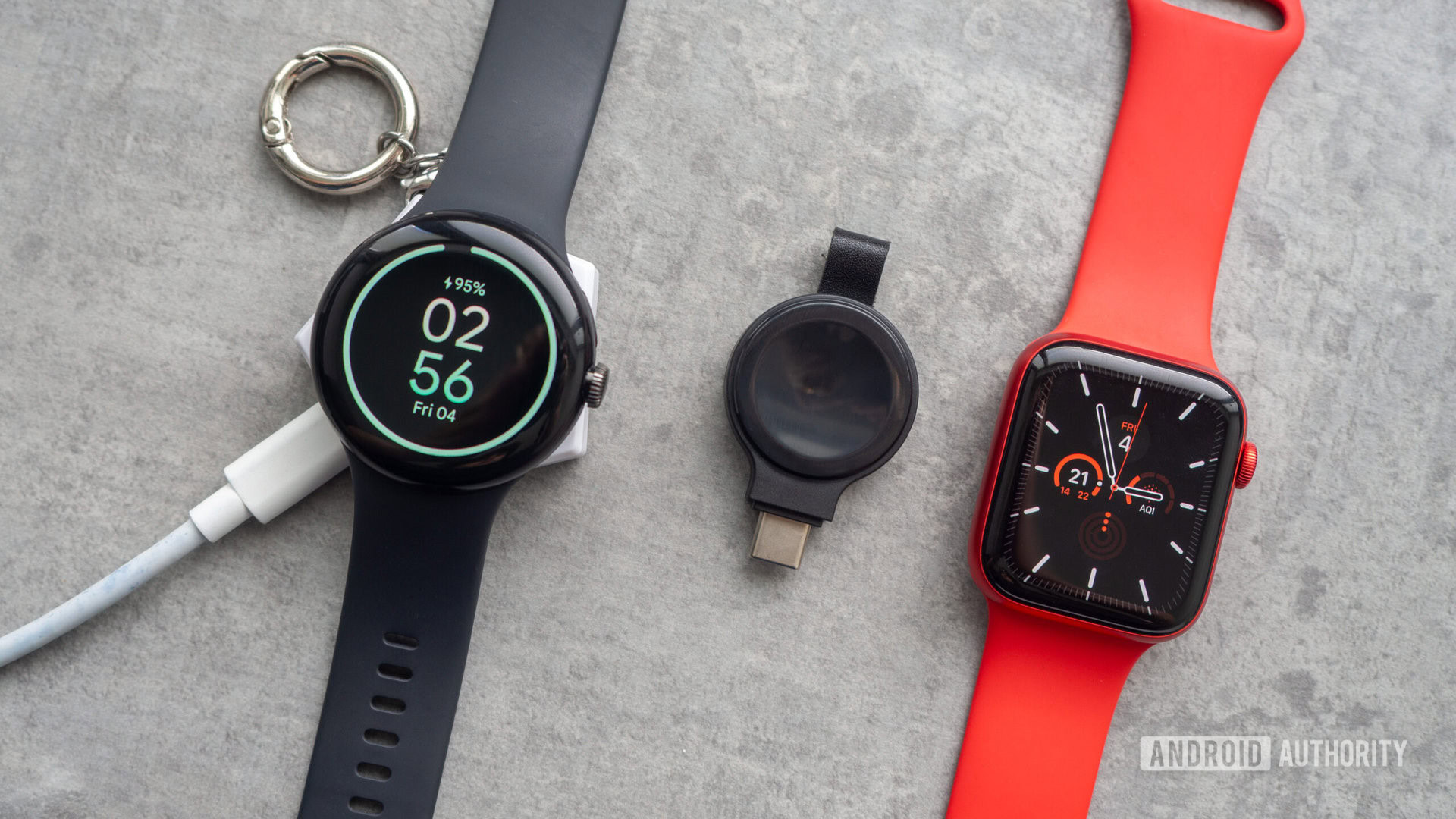
Rita El Khoury / Android Authority
It took months after the first Pixel Watch launched for accessory makers to offer third-party chargers, docks, and more portable charging solutions. I waited and waited until someone made a small USB-C-compatible puck so I could avoid carrying a long cable with me on trips and chug the little puck with my usual USB-C cables in my backpack.
When the Watch 2 switched to the four-pin system, accessory makers had to go back to the drawing board to make new chargers and docks. Sure, they could copy some of the Fitbit Versa/Sense playbook, but the Pixel’s rounded dome shape is quite different from the squarish Fitbit shape. It took months again to start seeing compatible accessories on AliExpress, Amazon, and Etsy.
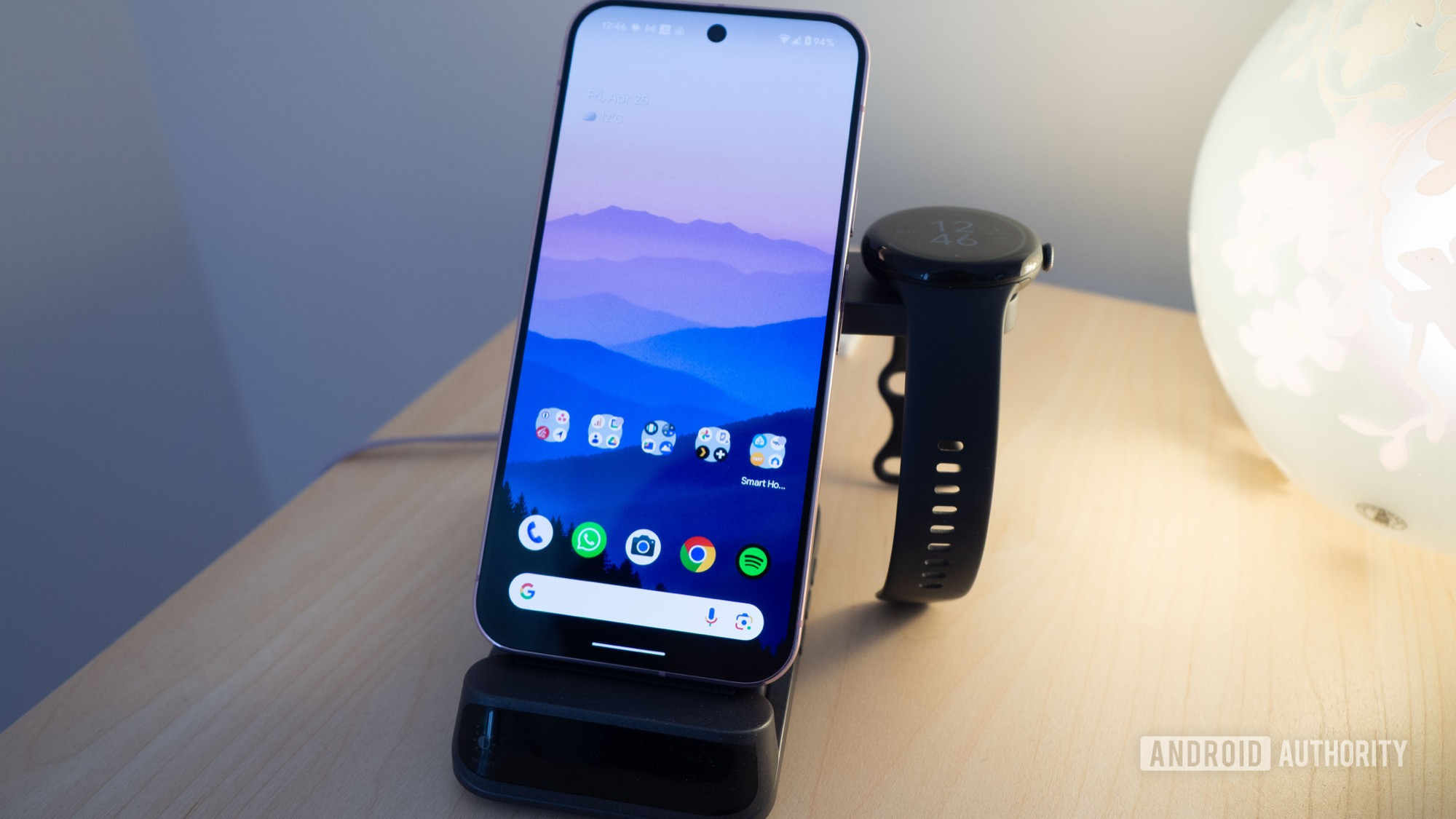
Rita El Khoury / Android Authority
The Watch 3 didn’t have that problem. Keeping the same design meant several accessories already existed, and accessory makers were a bit more confident in this four-pin design’s longevity. So I started seeing more interesting accessories, like this 3-in-1 charger from SwanScout above ($42.97 at Amazon) that I love because it’s compatible with the Pixel Watch 2/3 and can also top up my phone and wireless earbuds.
Every time Google changes its chargers, we need to wait months for accessories to pop up. Meanwhile, there are hundreds of accessories for Apple’s ecosystem.
Once again, I contrast this with the Apple Watch accessory ecosystem. There are hundreds and hundreds of 3-in-1 chargers for Apple devices, some made for the desk, others more compact for travel. There are docks, small charging pucks with a USB-C port, multiple portable power banks with a compatible Apple Watch pad on top to fill up your watch on the go, and more. If Google could stop flip-flopping, we’d have more accessory options, too. Instead, the company might be sending accessory makers back to the drawing board a third time in four years, necessitating resources and unexpected overhead. At this point, I wouldn’t be surprised if no accessory brand bothered anymore.
The only acceptable answer is Qi2
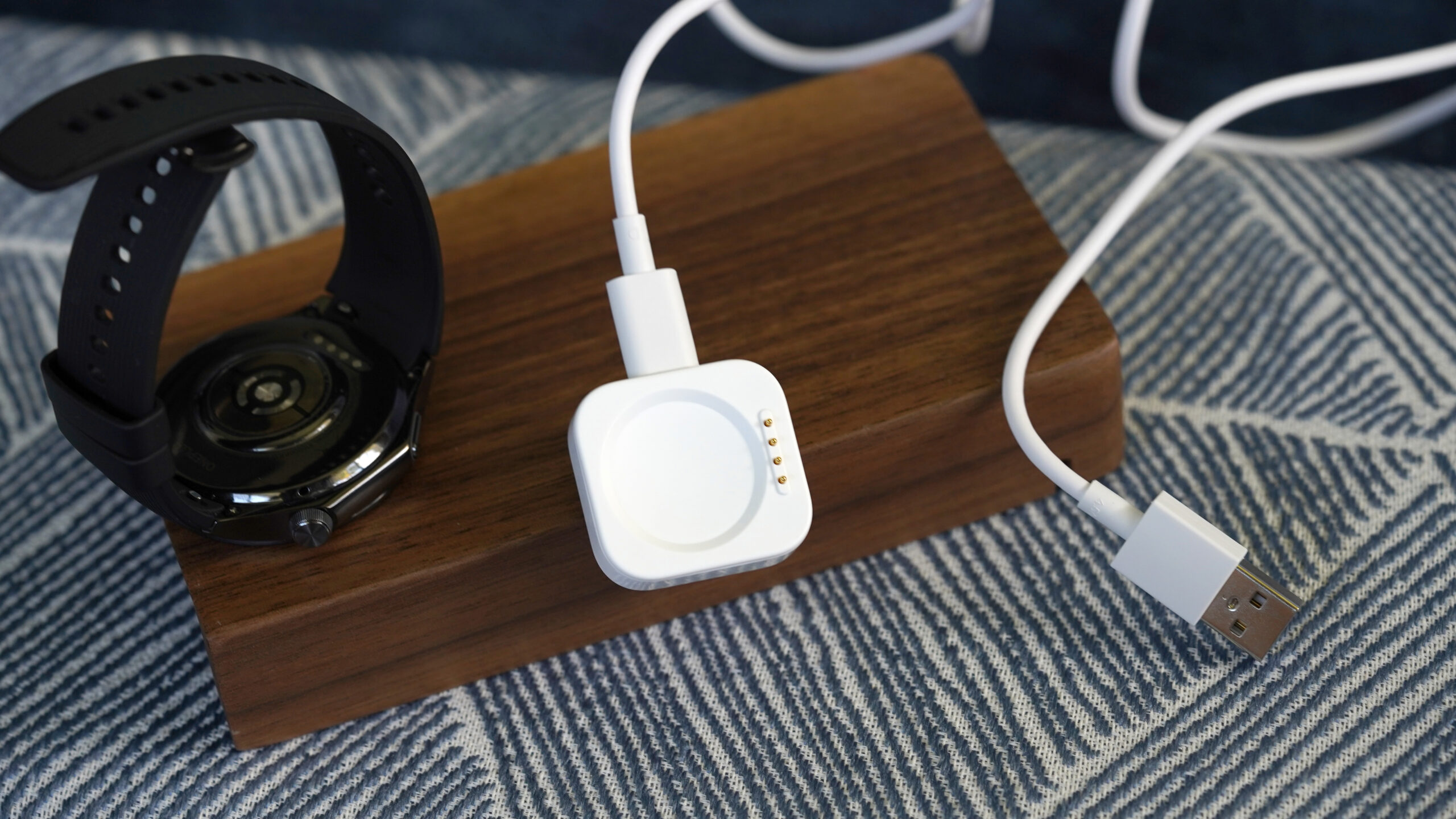
Kaitlyn Cimino / Android Authority
There’s one exception to this entire tirade that I just wrote: Qi2. If, by some miracle, Google managed to make the first smartwatch that implements the universal wireless charging standard, then I’d throw all of my complaints out in the trash.
Since its announcement, Qi2 promised a universal standard that could also work for wearables, hinting at wireless coil compatibility with more unique shapes, like non-flat charging pads for smartwatches. Given how long it took to start seeing phones with Qi2 — read: there are barely a few models fully embracing the standard, still — I wasn’t holding out my breath for wearables with Qi2 anytime soon, let alone a Pixel Watch. Google has yet to adopt the standard for its Pixel phone line-up; it’d be nearly preposterous to assume that it’d gotten its ducks in a row and figured out how to trailblaze with it on the Pixel Watch 4.
Qi2 would mean the end of proprietary chargers and accessories for all smartwatches, including the Pixel Watch 4 — if it supports it by some miracle.
But, suppose that’s the case. Suppose Google’s engineers looked at Qi2, appreciated the universality of the standard, and figured out a way to adopt it in the Pixel Watch 4. I’d welcome that with open arms because it would mean the end of proprietary chargers and accessories for my favorite smartwatch, and any other newer watch I might try down the line once the standard is widely adopted. No more worrying about unique chargers that change every year or accessory brands that wouldn’t jump on board. Less e-waste, too, for years to come.
Sure, there’d be a necessary evil transition phase while most other smartwatches switched to Qi2, but it’d be no different than when everyone embraced USB-C. We’d finally have one charger for the Pixel Watch, Apple Watch, Galaxy Watch, OnePlus Watch, and many other brands. I’d have a larger choice of 3-in-1 wireless chargers and many options for portable batteries with smartwatch charging. I could switch my smartwatch to another generation or brand without buying two or three extra cables for my home and backpack, and most importantly, without throwing my existing ones away. And if my Apple-loving friends were at my house and needed a quick top-up of their watch, they’d find a compatible charger in my home, just like they know they can find a USB-C cable in my living room for their iPhones.
In short: Qi2 or bust. I don’t want another proprietary wireless charging mechanism on my Pixel Watch 4. Give me something universal that makes a third move in four years worth it, or keep the four pins until that’s feasible.





